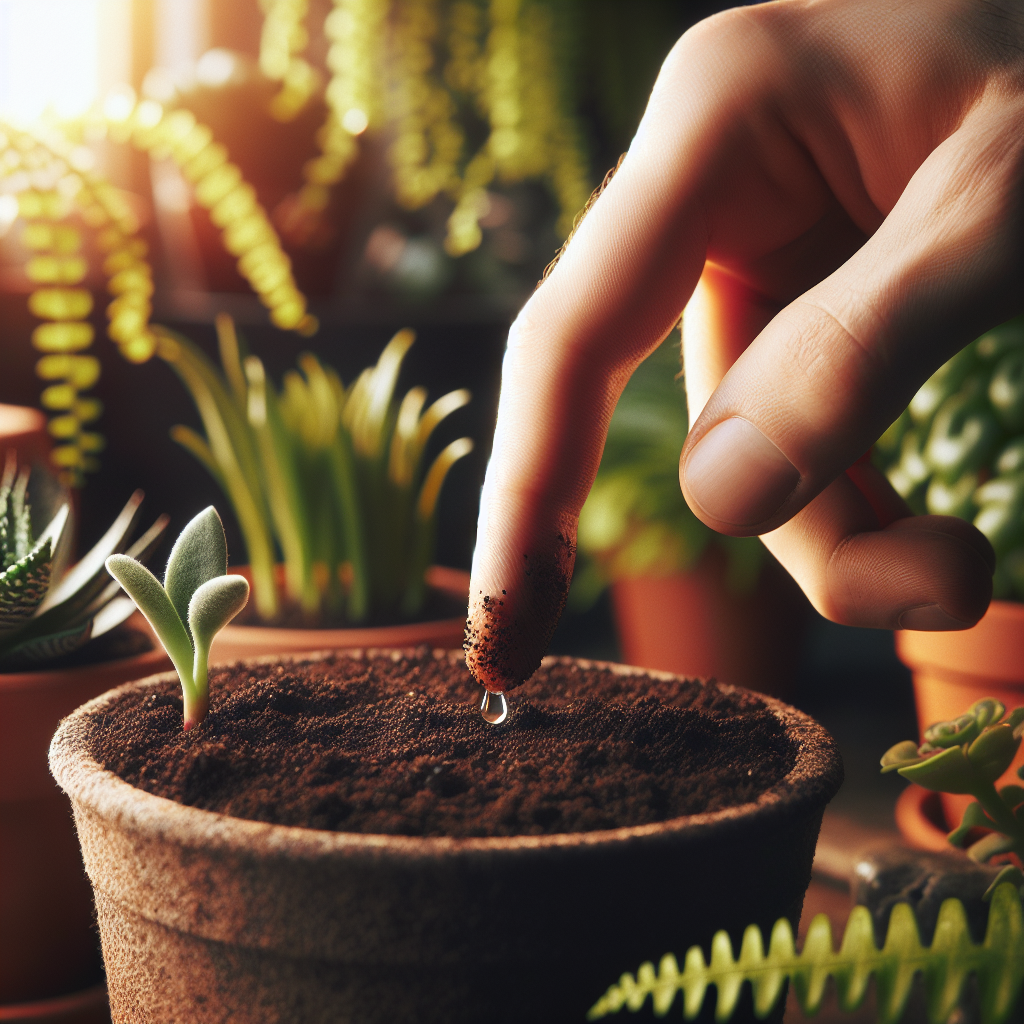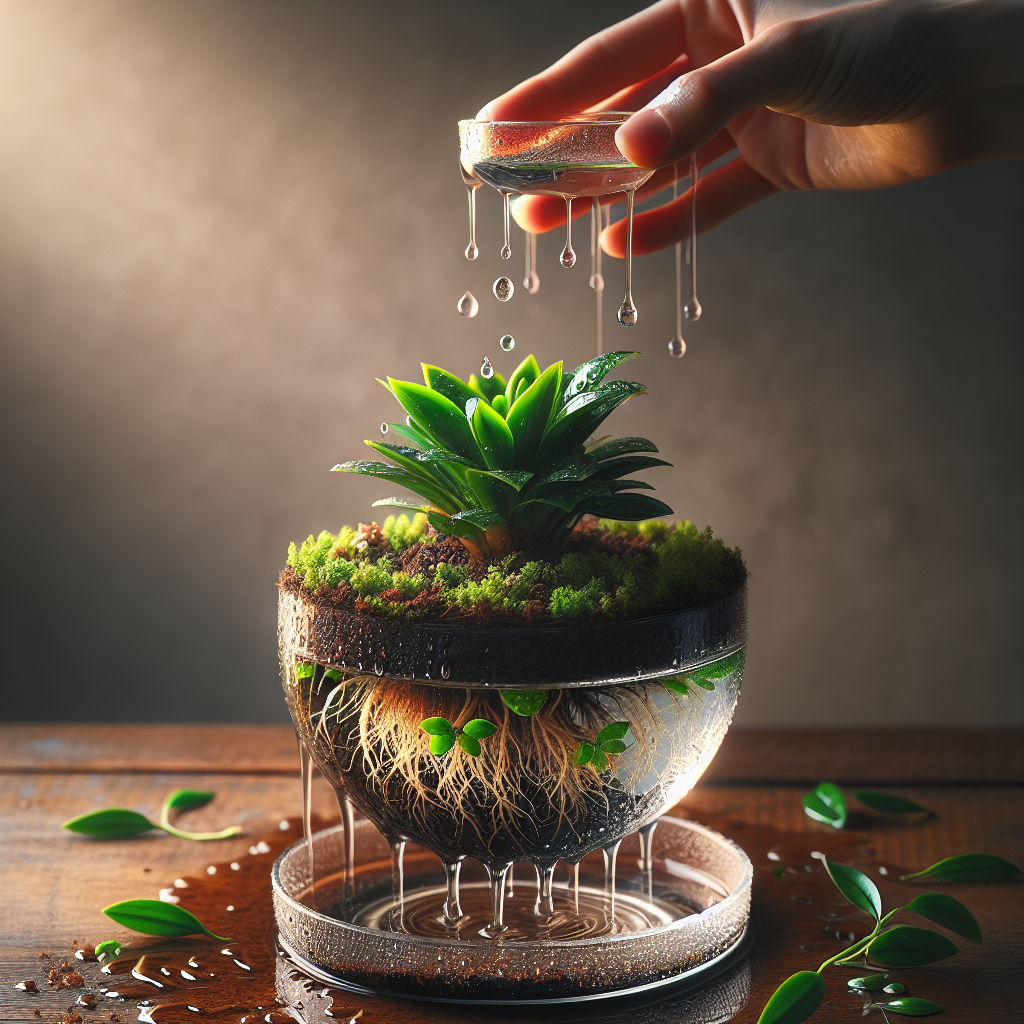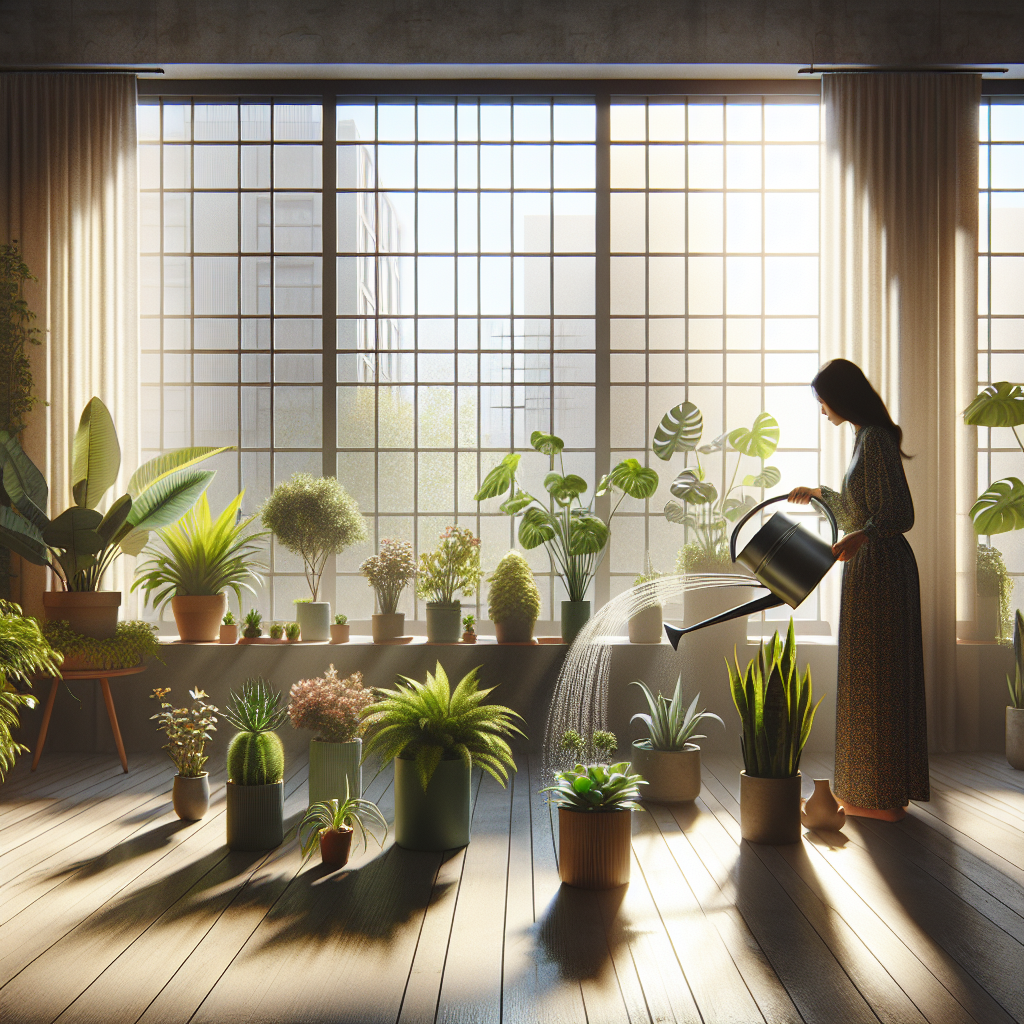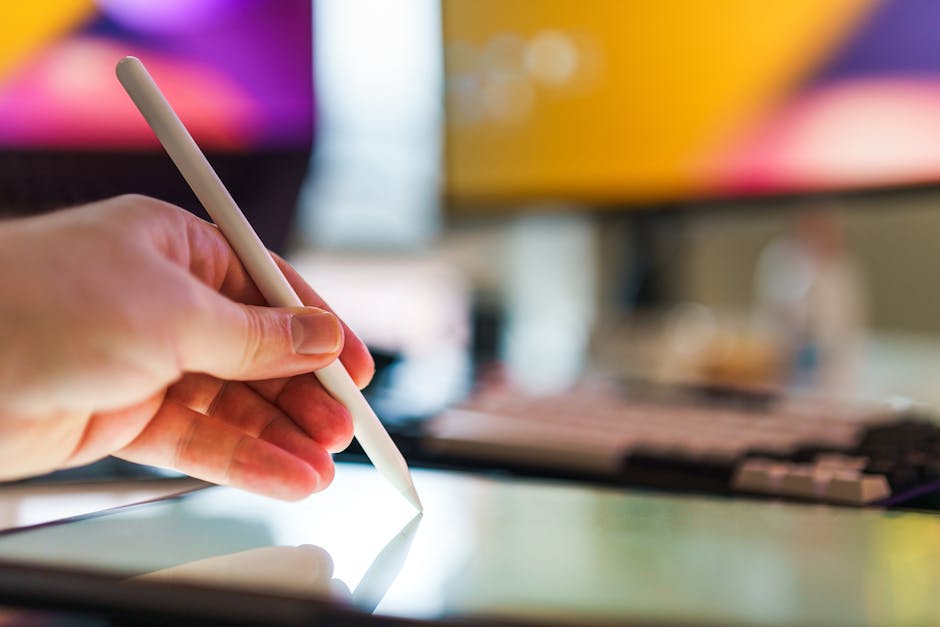Watering Indoor Plants: Best Practices for Growth 🌿
Indoor plants not only bring life into our homes but also purify the air and boost our mood. However, understanding the nuances of watering them can be a bit tricky. In this guide, we’ll explore the best practices for watering your indoor plants to ensure they thrive and grow beautifully.
Table of Contents
1. Understanding Your Plant’s Needs
2. When to Water: Timing is Everything ⏰
3. How Much Water is Enough?
4. Watering Techniques for Optimal Growth 🌱
5. Common Mistakes to Avoid
6. Conclusion: Nurture with Care
7. FAQs

Understanding Your Plant’s Needs
Every plant is unique, much like us. Some plants, like succulents, prefer dry conditions, while others, like ferns, thrive in moisture. It’s essential to understand the specific needs of your plant species. Researching or consulting a plant care guide can provide insights into their preferred conditions.
When to Water: Timing is Everything ⏰
One of the most common questions is, “How often should I water my plants?” While it varies for each plant, a general rule is to water when the top inch of soil feels dry. Checking the soil with your finger is a simple and effective way to gauge this. Remember, it’s better to underwater than overwater, as most plants can recover from drought more easily than from soggy soil.

How Much Water is Enough?
Overwatering is a common pitfall. A good practice is to water until you see it draining from the bottom of the pot. This ensures that the roots receive adequate moisture without drowning them. If your plant is in a saucer, remember to empty it after watering to prevent water from sitting at the bottom.
Watering Techniques for Optimal Growth 🌱
Consider these techniques to optimize your watering routine:
1. Bottom Watering: Place the pot in a shallow dish of water and let the plant absorb moisture through the drainage holes. This encourages root growth.
2. Misting: Some plants, like orchids and ferns, enjoy a light misting. This can help increase humidity without overwatering.
3. Self-Watering Pots: These are great for those who travel often or forget to water regularly. They provide consistent moisture to the soil.
Common Mistakes to Avoid
Avoid these common pitfalls to keep your plants healthy:
1. Ignoring Drainage: Ensure your pots have drainage holes. Without these, water can accumulate and cause root rot.
2. Watering on a Schedule: Plants don’t follow a schedule. Instead, monitor their needs based on soil moisture and environmental conditions.
3. Using Cold Water: Cold water can shock the roots. Use room temperature water for a gentler approach.
Conclusion: Nurture with Care
Watering indoor plants might seem daunting at first, but once you understand your plant’s specific needs, it becomes a rewarding part of your routine. With the right approach, your indoor garden will thrive, bringing joy and serenity to your living space. 🌸
FAQs
1. How do I know if I’m overwatering my plants?
Look for signs like yellowing leaves, wilting despite wet soil, or a musty smell from the soil. These are indicators of excess water.
2. Can I use tap water for my plants?
Yes, but it’s best to let tap water sit out for 24 hours to allow chlorine to dissipate. Alternatively, use filtered or rainwater if available.
3. Why are my plant leaves turning brown?
This could be due to underwatering, low humidity, or exposure to direct sunlight. Assess your watering routine and environmental conditions.
4. Should I water my plants more in winter?
Typically, indoor plants need less water in winter due to slower growth rates. Always check soil moisture before watering.
By following these best practices, you’ll become a pro at watering your indoor plants, ensuring they flourish and enrich your living space! 🌟





